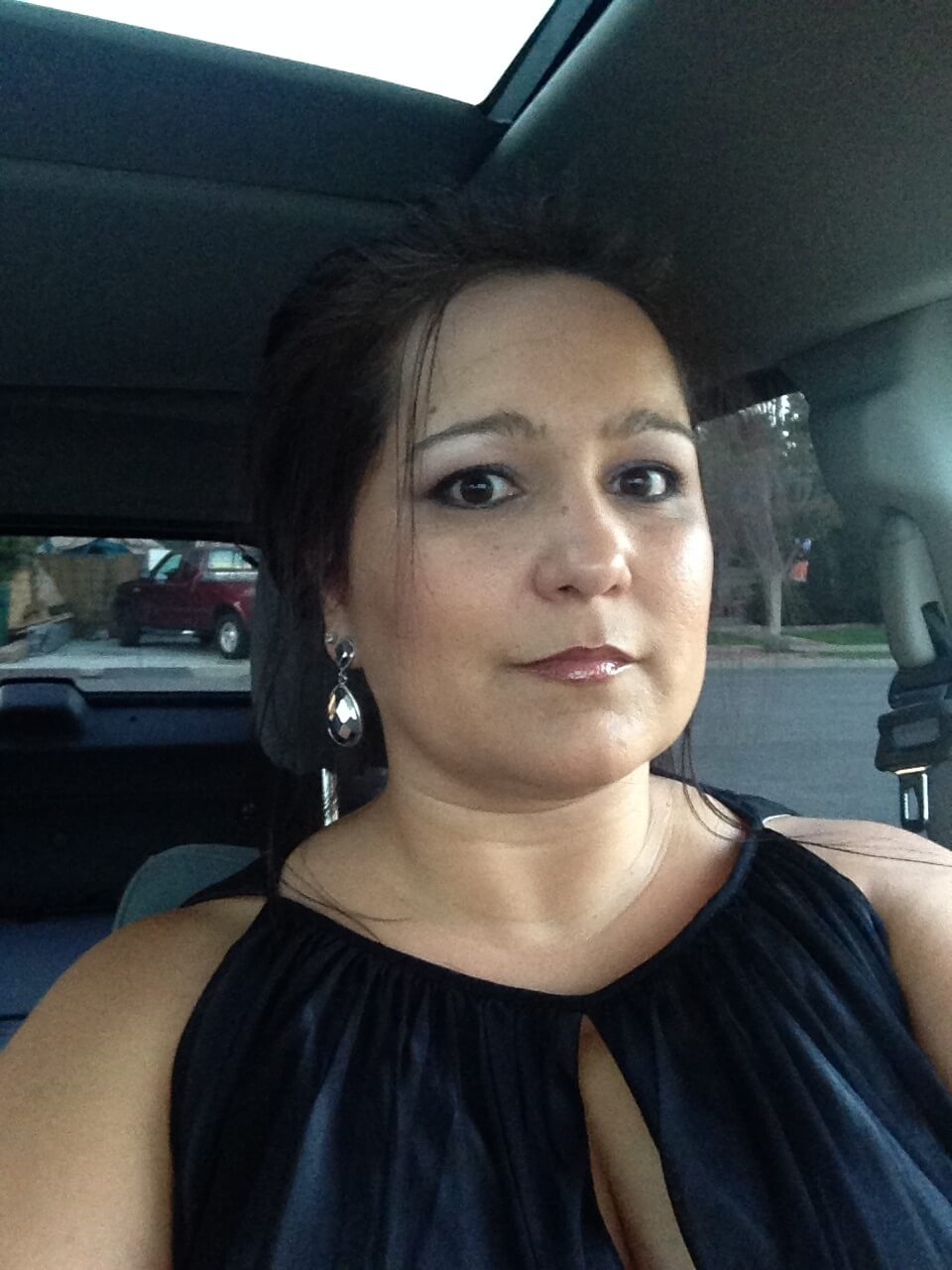Office Design and FM: Why Is it a Winning Combination?

In our latest Workplace Unplugged interview, we talk to Tonya Thornburgh, Owner of Tonya Thornburgh Enterprises (T2E) about her 20 years of experience specializing in facilities management software implementation and support, and strategic planning and design.
As the Owner of T2E, Tonya is focused on building relationships and providing solutions from initial thought to final execution, through experience, dedication, and attention to detail, providing each client a one-of-a-kind experience.
Like many in the industry, Tonya Thornburgh self-admittingly fell into facilities management by accident, working on a project for a furniture dealer.
TT: It’s funny I tell people my first experience with CAFM software was tracking plants in a facility for people. Literally, they had an icon for plants. We had to walk it on a quarterly basis and change where the plants were sitting. Then it just kind of grew from there.
Pardon, the pun!
Tonya studied interior design at the Art Institute of Dallas, then earned a job at a company that was an early adopter of Aperture. When we asked her how she honed in on her expertise, she told us how it came about through a combination of timing and grit.
TT: [It was] one of the first CAFM systems, and it was Mac-based, and I had never touched a Mac before! So they brought me in and handed me an 800-page reference manual and a laptop. I went home that weekend, read the manual and figured out how to use the software.
I was fortunate to be in the right place at the right time to get exposed to CAFM early on. I went on to do work in home design and lazer tag facility design. A few years later an individual I had met while working at the furniture dealer that had moved to California, called me up and offered me a job, using the same software I had learned, but it was now converted to a PC-based software. It was a great opportunity, so I loaded up my pickup truck and moved to California.

Now, two decades later, Tonya is an independent consultant with ample experience working both on the technical side of things as well as the client side of things. We chatted with her one-on-one to gain insight into what she sees in the field, and what advice she could give FMs.
TT: I’ve learned over the years that somebody says ‘I want to do this’ or ‘I need this information’, so I ask ‘well why, who are you presenting it to?’ and ‘what other possible things are you wanting to do with this data?’ I find what people ask for is not usually what they really want or need. So the key is really about gathering the right data by asking the right questions to get to the meat of what the problem is in order to find the right solution.
Tonya works in a wide variety of industries from biotech to high-tech. And everywhere she goes, she sees a similar set of challenges.
TT: Everybody wants a sleeker, sexier, faster and more easy-to-use system, and that’s not always easy to do given the way these systems are written. A lot of them still look and feel very archaic. If it isn’t easy to maintain or access your data, people will not use it. And we all know that software is only as good as the data you put into it!
How do you measure space utilization is currently the biggest challenge I see customers facing. With the workforce being more mobile, and the push to reduce overhead costs, facilities managers are trying to figure out how to do more with less. Is your company prepared to move to unassigned seating vs having a specific seat assigned? How do you track shift workers? Do you have the right ratio of collaboration space to workspace? Is your work environment contributing to employee attraction and retention?
What is unassigned seating? Unassigned seating is seating that is not part of a desk booking system and is not assigned to any particular employee.
(Luckily, OfficeSpace Software can help with that! Ahem, I digress…)

Tonya is big on helping FMs track productivity and space management. She explains her take on the importance of keeping track of office space.
TT: How do you gauge that productivity level? How are you really able to justify and manage your space? You know at any given time you have to deal with an influx of people coming in, then you have to deal with empty space as well. You have to make sure you have the right types of seats on a regular basis.
Understanding the importance of managing office space, we asked Tonya how she helps organizations improve their space management efficiency and optimize productivity. She says it’s all about balancing your worker ratios.
TT: What we’ve been doing with companies lately is helping them figure out that ratio. What does your mobile workforce look like? How many seats per mobile worker should you keep? How many people are showing up each day, and how and where are they working? These ratios differ for every company. For most companies, it is still a very manual process. You get a weekly or monthly download of how many times different badges get into the space. You look and identify, ‘do they have a space assigned or not? How often are people coming in?’ and then you come up with your ratios and say ‘okay, anybody who comes in less than X percent of the time doesn’t get an assigned seat’ and determine the ratio of seats per person you should have to accommodate those individuals when they come on site. Luckily, technology in the workplace is on the rise, and you can now get information from your building management systems – lighting, occupancy sensors, wireless network devices, RFID, etc.
What’s her hope for the future of FM? No more ‘falling into the industry by accident.’
TT: I’d love to start seeing the CAFM software and planning concepts being taught in school and having more classes that are really targeting towards planning. So many people in the “planning” field have fallen into it. They were an EA or an office manager and they’ve just done the best with what they’ve known.
She also sees the size of offices continue to shrink, environments continuing to evolve to provide end users a choice in how they want to work, but hopes human interactions stay the same.
TT: Technology is great, but I have been involved in many web meetings that are not as efficient due to technology glitches. Some jobs lend themselves to being more mobile, and some people are very good at working anywhere, anytime. But, there’s so much that can be gained from human interaction, and some people really need a structured environment to be most effective.
Have you experienced the same things Tonya has? Or seen the same trends? Send us your thoughts!
Photos: Breather, Startup Stock Photos, Snappa.io, Wilfred Iven





